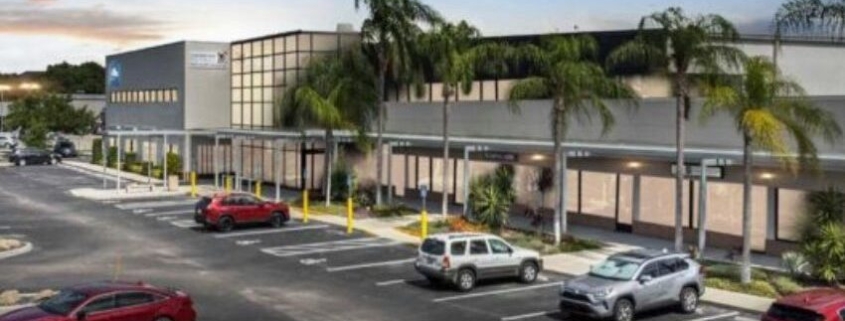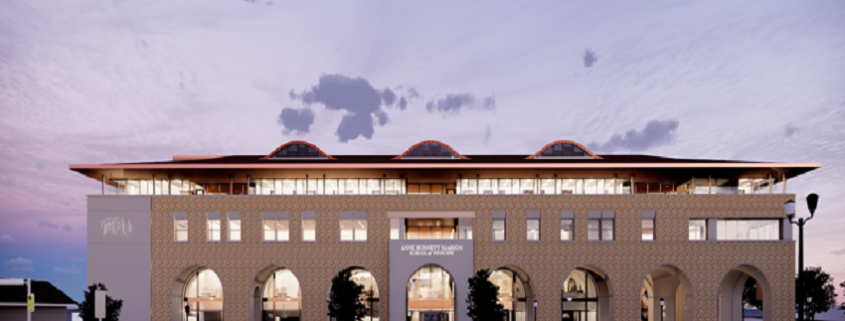Flagship Healthcare Properties’ REIT Acquires Winter Haven Medical Office Building In Florida
The 27,910-square-foot property in Winter Haven, Florida, was originally built in 2005 and renovated in 2020.
It is anchored by the Center for Retina and Macular Disease, an ophthalmic sub-specialty group that has seven locations across central Florida as well as Davita, one of the largest kidney care providers in the U.S. The MOB is near the Baycare Winter Haven Women’s Hospital, Baycare Winter Haven Hospital and amenities such as retail and dining.
Healthcare and technology are key industries in Winter Haven’s robust economy. The Winter Haven – Lakeland metropolitan statistical area (MSA) was ranked as one of the fastest growing in the U.S. by The New York Times.
“Winter Haven’s dynamic growth and potential were major considerations in our decision to continue investing in the area. The fast-growing population, strong economy and booming healthcare industry really attracted us to this property,” said Flagship’s Executive Vice President of Acquisitions Gerald Quattlebaum. “We have had tremendous success in recent years investing in the Orlando-Tampa markets, particularly along the I-4 corridor. With an ever-growing footprint, we are very bullish on this part of the state.”
Flagship acquired the MOB through its private real estate investment trust, Flagship Healthcare Trust (Flagship REIT). Flagship will also provide property management and asset management services for the property.
The sellers were represented by Collin Hart and Andy Matti with ERE Healthcare Real Estate Advisors.
Source: HREI




